 Public speaking is not the top fear. Don't get me wrong. I work with clients all the time to build their confidence so that they can express their ideas. Speaking enables leaders to influence, build relationships, and advance their careers. It's one of the most powerful business and personal skills with far reaching impact.
But public speaking fear is a temporary obstruction. It can be overcome. However, there is another fear that is much greater. It's slowly creeping into our culture.
Public speaking is not the top fear. Don't get me wrong. I work with clients all the time to build their confidence so that they can express their ideas. Speaking enables leaders to influence, build relationships, and advance their careers. It's one of the most powerful business and personal skills with far reaching impact.
But public speaking fear is a temporary obstruction. It can be overcome. However, there is another fear that is much greater. It's slowly creeping into our culture.
It's the loss of freedom of speech.
Today, as we celebrate Independence Day, I heard a disturbing report on a television news segment. The University of North Carolina published a guidebook for employees on how to avoid micro aggression. They listed words that should not be used in conversation. Here are a few:
Don't say:
- Christmas Vacation because it could insult someone who practices a different religion
- Wife/Girlfriend or Husband/Boyfriend because it discriminates against other sexual preferences. (So do I deny I'm married ?)
- Round of Golf because some people can't afford to play (Have they not heard of municipal courses?)
- I Love Your Shoes because that's discriminating against women. (I have never met a woman who was insulted when I complimented her shoes).
ARE THEY KIDDING? What kind of craziness is this? Who could take this seriously? What great material for Saturday Night Live.
I certainly don't mean to single out UNC. There are other universities that actually have designated free speech zones. REALLY? The first amendment of the Bill of Rights grants freedom of speech not in geographic zones but everywhere. The purpose was to limit the power of government and now we have universities telling us what we can say.
The comedian, Jerry Seinfeld stopped performing at colleges because he got tired of political correctness. Where is our sense of humor?
Whoever controls language controls thought. And that's scarier than any fear of speaking in public. This July 4th, let's give thanks for freedom of speech and have the confidence to speak out.
Happy July 4th !



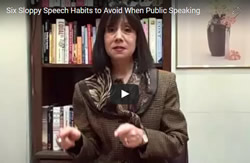
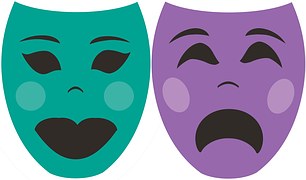 There are no boring topics-only boring speakers. Just about every audience and coaching client has heard me make that statement about
There are no boring topics-only boring speakers. Just about every audience and coaching client has heard me make that statement about 
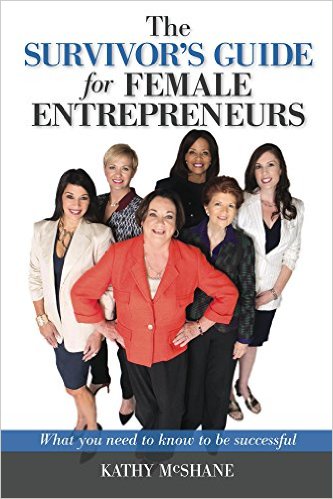 First Impressions impact all pubic speaking and communication. Read about First Impressions in an Excerpt from The Survivor’s Guide for Female Entrepreneurs, by Guest Blogger
First Impressions impact all pubic speaking and communication. Read about First Impressions in an Excerpt from The Survivor’s Guide for Female Entrepreneurs, by Guest Blogger 
 Did you ever wonder if there was an Aladdin's Lamp for
Did you ever wonder if there was an Aladdin's Lamp for 
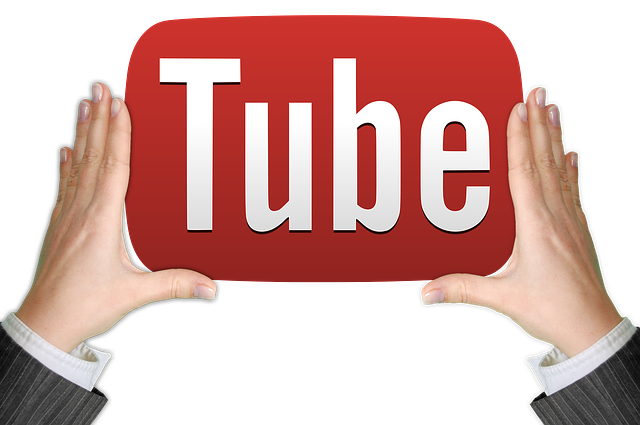 Anthrax isn't the only bacteria we need to worry about. There's a vocal virus that is sweeping the nation.
In the last few days, I've been getting more responses to a video on
Anthrax isn't the only bacteria we need to worry about. There's a vocal virus that is sweeping the nation.
In the last few days, I've been getting more responses to a video on  Do you have a voice? Voice matters. Everyone has a right to express their voice. But you can't do that if you've lost your voice. It's World Voice Day,
a day dedicated to the care of the voice. You use your voice everyday and vocal misuse and abuse are not uncommon. Follow these tips for a healthy voice.
Do you have a voice? Voice matters. Everyone has a right to express their voice. But you can't do that if you've lost your voice. It's World Voice Day,
a day dedicated to the care of the voice. You use your voice everyday and vocal misuse and abuse are not uncommon. Follow these tips for a healthy voice.
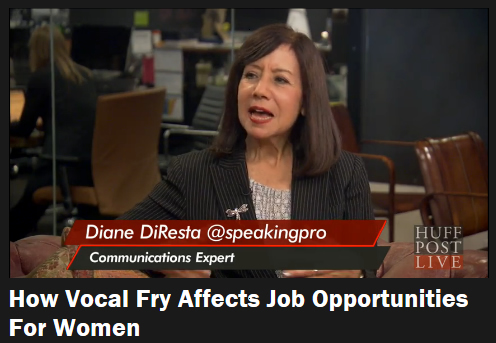 Does your voice crackle like bacon? You may have
Does your voice crackle like bacon? You may have 